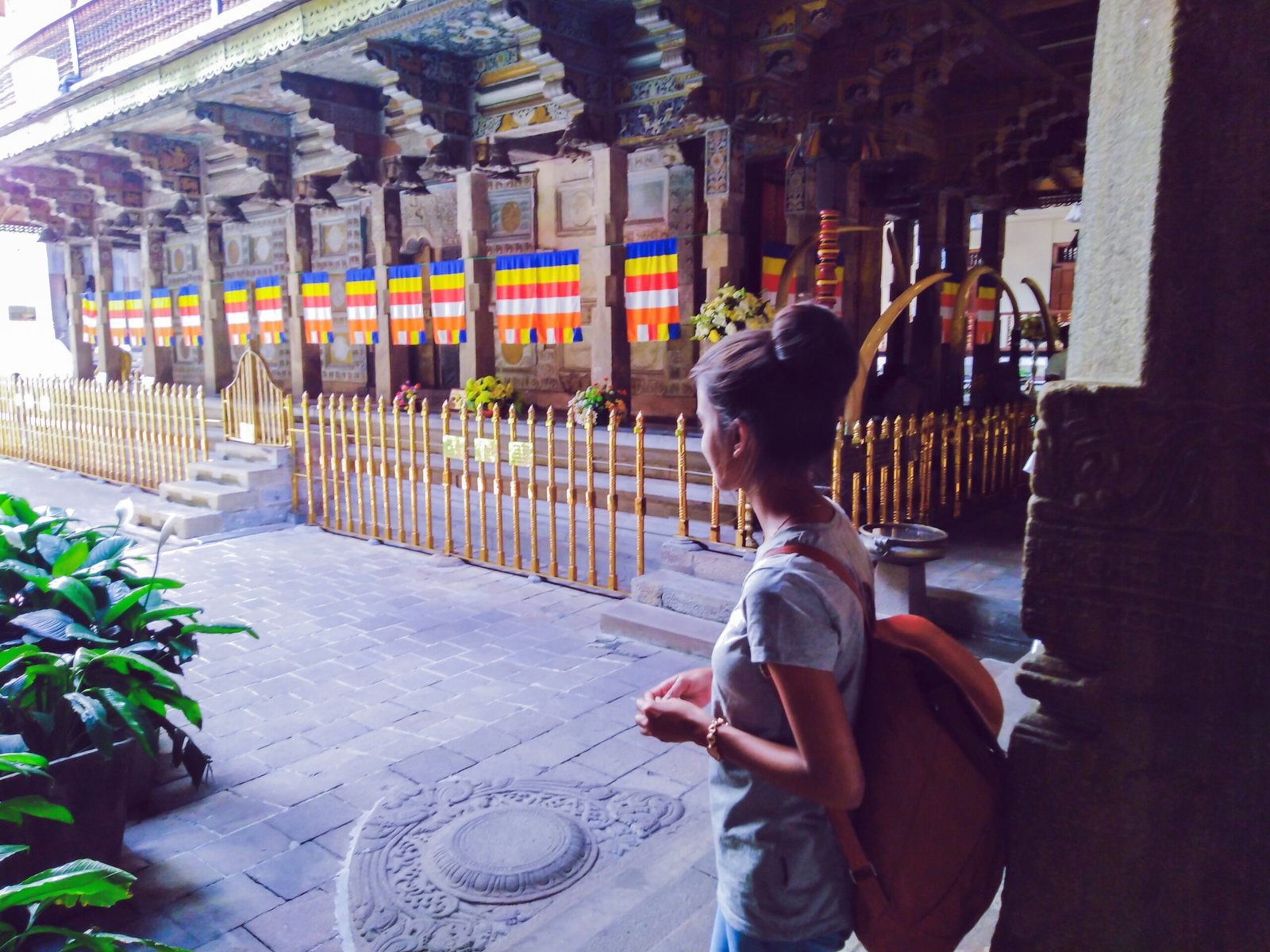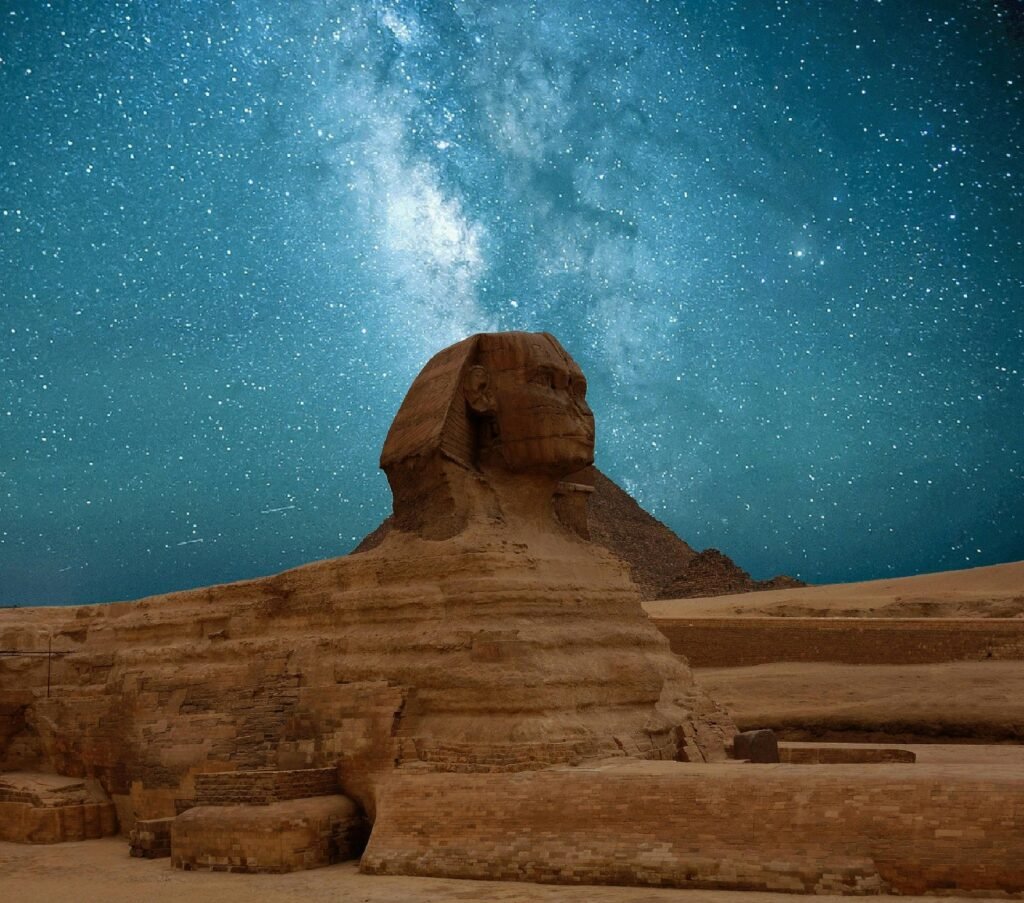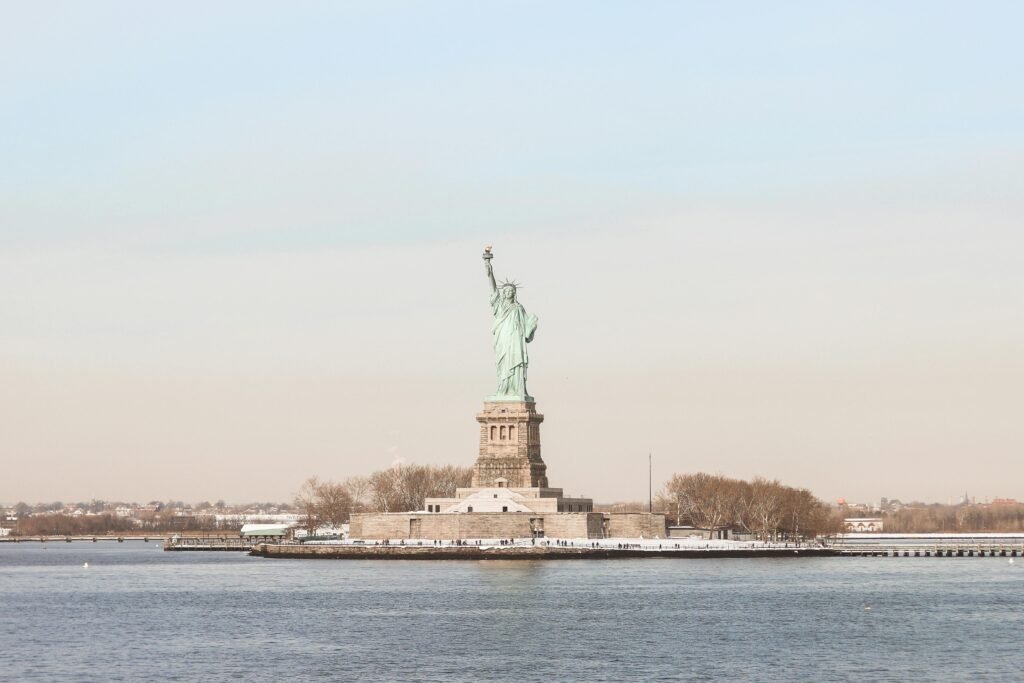Introduction to UNESCO World Heritage Sites
The United Nations Educational, Scientific and Cultural Organization (UNESCO) is known for its efforts to promote international collaboration in preserving cultural and natural heritage. One of its significant initiatives is the designation of UNESCO World Heritage Sites. These sites are recognized for their outstanding universal value and are essential in safeguarding human history and cultural diversity. By designating certain locations as World Heritage Sites, UNESCO aims to promote the protection of monumental structures, archaeological sites, and landscapes that represent not only the artistic and architectural achievements of various civilizations but also their unique cultural narratives.

The selection criteria for these esteemed sites are specific and rigorous, encompassing ten categories that range from the representation of human creativity to the preservation of traditional human settlements. This selection process highlights the importance of these sites in fostering a deeper understanding of human progression and heritage. Each World Heritage Site tells a story—be it through ruins of ancient cities, sacred temples, or even natural formations that have been molded by cultures over millennia. By recognizing these sites, UNESCO emphasizes their significance, not just as tourist attractions, but as essential pillars of historical knowledge.
Cultural heritage is pivotal in shaping our identities, fostering community ties, and enhancing our understanding of different civilizations. UNESCO World Heritage Sites serve as tangible reminders of our shared past, offering invaluable insights into humanity’s journey through time. They are not only crucial for cultural preservation but also play a significant role in global heritage conservation efforts. As custodians of this legacy, we bear the responsibility of ensuring that future generations can access and appreciate these sites and the stories they harbor. Through continued support and conservation efforts, these sites can remain integral to our global history for years to come.
Exploring the Narrative of Civilizations
UNESCO World Heritage sites serve as remarkable windows into the past, illuminating the diverse narratives of ancient and modern civilizations. These sites not only showcase architectural and engineering marvels but also encapsulate the social, political, and technological innovations of their times. For instance, the Great Wall of China is an extraordinary feat of design and manpower that spans thousands of miles. Constructed over several dynasties, it symbolizes not only the historical efforts to protect territories but also demonstrates the organizational capabilities and military strategies employed by ancient Chinese states.

Similarly, the Pyramids of Giza stand as monumental testaments to ancient Egyptian civilization. These structures exemplify not only artistic and architectural brilliance but also the socio-political dynamics that allowed for such grand constructions. The Pyramids served as tombs, reflecting the spiritual beliefs surrounding the afterlife and the importance of pharaohs within society. The commitment to building these structures reveals much about the cultural values, religious practices, and hierarchical structures prevalent in ancient Egypt.
Moreover, beyond these great edifices, various UNESCO sites capture the nuances of everyday life in historical contexts. For instance, cities like Petra in Jordan and Machu Picchu in Peru provide insights into trade, agriculture, and city planning that defined their respective societies. These sites highlight interactions between different peoples, their adaptations to the environment, and how innovation arose from necessity. Such narratives collectively narrate the incessant human quest for advancement and understanding, showcasing the interplay between culture and progress throughout history.
The preservation of these UNESCO sites allows us to reflect on our shared heritage, underscoring the interconnectedness of civilizations and their lasting legacies. Each stone, wall, or artifact tells a story that contributes to our global narrative, reminding us of how every civilization, in its own way, has contributed to the overarching tapestry of human experience.
Sites That Illustrate Human Migrations
The Migration of the Spirit, represented by various UNESCO World Heritage Sites, serves as a poignant reminder of the journeys undertaken by individuals and communities throughout history. These locations reflect the complex narrative of human migrations, revealing how such movements have played a vital role in shaping cultural identities and contributing to global diversity. One notable example is that of Southern Italy, particularly the regions of Calabria and Sicily, which have seen significant emigration to the Americas since the late 19th century.
In Southern Italy, many communities were deeply affected by economic hardship and social upheaval, prompting the migration of thousands seeking better opportunities abroad. The stories etched in the fabric of towns like Tropea and Scilla highlight the resilience of these populations, where families were often separated and left to adapt to new environments. This vast migration gave birth to a rich Italian-American culture that incorporates elements from both the homeland and the new world, underscoring how ancestral traditions continue to thrive even when displaced. The cultural influences can be seen today in language, cuisine, music, and festivals, which celebrate both sides of the Atlantic.
Another significant site that illustrates this theme is Ellis Island in the United States, where millions of immigrants were processed upon arrival. This landmark symbolizes hope and the pursuit of a new life, embodying the dreams and aspirations of those who faced daunting challenges in their homeland. The stories of these migrants and the diverse cultural tapestry woven from their experiences offer invaluable insights into the intricate dynamics of migration.

Ultimately, these UNESCO sites serve not only as historical markers but also as dynamic reminders of the profound impact that human migrations have had on shaping cultural identities. They celebrate the spirit of resilience among communities and encourage an understanding of diversity in a globalized world.
Traditions Embedded in UNESCO Sites
The significance of cultural practices and traditions within UNESCO sites cannot be overstated, as they serve as living embodiments of communal identities and histories. These traditions are often celebrated through festivals, art forms, and community practices, effectively manifesting the shared beliefs and values of the societies they represent. For example, the Carnival in Rio de Janeiro is one of the most vibrant and widely recognized cultural festivals, showcasing Brazil’s vivacious spirit and multicultural heritage. This annual event, marked by samba parades, elaborate costumes, and music, brings together thousands of participants and millions of spectators from around the world. The celebration not only attracts tourism but also sustains traditional music and dance forms, fostering a sense of belonging and pride within the local community.
Similarly, the Gastronomic Meal of the French is another remarkable instance of a cultural tradition recognized by UNESCO. This culinary practice goes beyond just food; it encompasses the art of table setting, the process of cooking, and the communal enjoyment of meals. The meals are often events that bring families and friends together, reflecting historical influences and a commitment to regional ingredients. By including customary recipes and enjoying meals in a social setting, this tradition ensures the transmission of culinary knowledge across generations, nurturing a strong sense of cultural identity.
The preservation of these traditions within UNESCO sites highlights not only their artistic and social dimensions but also emphasizes their role in sustaining cultural heritage. Through the recognition of such practices, communities can advocate for cultural continuity, ensuring that future generations inherit their rich histories and the complex narratives woven into each celebration. UNESCO sites serve as crucial platforms where these traditions can thrive, encouraging global appreciation and respect for diverse cultural expressions.
The Interconnectedness of Global Cultures
The interconnectedness of global cultures is prominently reflected in various UNESCO World Heritage Sites, which serve as testament to the exchanges and interactions that have shaped human history. A prime example is the Silk Road, an ancient network of trade routes that connected East and West. This route facilitated not only the movement of goods—such as silk and spices—but also the exchange of ideas, religions, and cultural practices. As merchants and travelers journeyed along the Silk Road, they not only engaged in trade but also shared knowledge, art, and technology, thereby intertwining the diverse cultures along the route.
Similarly, the Historic Sanctuary of Machu Picchu in Peru stands as an emblem of cultural preservation and exchange. This site showcases the achievements of the Inca civilization, a culture that engaged with neighboring societies through trade and tribute systems. Artifacts found at Machu Picchu reveal interactions between the Inca and other indigenous groups, indicating a blend of cultural traditions and practices. The sanctuary’s architectural marvel, set against a backdrop of the Andean landscape, is not solely a reflection of Incan ingenuity but also of the influences that other cultures imparted in the region.
Preservation Efforts and Challenges
The preservation of UNESCO World Heritage Sites is a complex task that involves multiple stakeholders, including governments, international organizations, local communities, and private entities. One of the foremost challenges in this arena is securing adequate funding. Many heritage sites depend heavily on financial support from international bodies such as UNESCO and non-governmental organizations, as well as national and local governments. However, given the increasing competition for limited resources, securing consistent funding can prove difficult. The commitment of financial resources is essential to perform the necessary restoration work and implement protective measures to ensure the longevity of these cultural sites.
Moreover, international cooperation plays a vital role in preservation efforts. Collaborative initiatives such as joint conservation projects often bring together various countries and organizations, pooling expertise and resources. This collaborative approach is critical in addressing the diverse challenges faced by individual sites, including those stemming from urban development and tourism. The influx of tourists can lead to environmental degradation and cultural dilution if not managed properly. In recent years, many sites have adopted sustainable tourism practices aimed at balancing visitor engagement with preservation needs, ensuring that the cultural integrity of these locations remains intact.
Climate change also poses a significant threat to various UNESCO sites worldwide. Rising sea levels, extreme weather patterns, and changing environmental conditions can lead to irreversible damage. As such, integrating climate-adaptive strategies into preservation planning is essential for mitigating these risks. Local communities play an integral part in these strategies. Engaging them in the preservation process fosters a sense of ownership and responsibility, ensuring that the significance of these heritage sites is celebrated and maintained for future generations. Addressing these challenges, through sustainable practices and cooperative efforts, is crucial for the ongoing preservation of our shared cultural heritage.
Visiting UNESCO Sites: Cultural Tourism and Its Impact
Visiting UNESCO sites not only offers a glimpse into the rich tapestry of human history but also embodies the essence of cultural tourism. These sites, which have been recognized for their outstanding cultural significance, attract millions of visitors each year. Consequently, cultural tourism plays a pivotal role in supporting local economies, providing employment opportunities, and funding conservation efforts. The influx of tourists generates revenue that can be reinvested in preserving these invaluable historical sites and enhancing the visitor experience.

However, while there are numerous economic benefits associated with cultural tourism, it is crucial to approach these experiences with a sense of responsibility. Engaging in sustainable and ethical practices ensures that the charm and integrity of these cultural treasures are upheld. Tourists are encouraged to be mindful of their impact by respecting local customs, minimizing environmental footprints, and supporting local artisans and businesses. Responsible tourism not only enriches the personal experience but also fosters positive interactions between visitors and local communities, thus preserving the authenticity of cultural narratives.
Moreover, cultural tourism can also present challenges, such as overcrowding, commercialization, and the erosion of traditional practices. These drawbacks often arise when tourism is not managed effectively. Therefore, stakeholders, including governments, local communities, and tourists themselves, must work collaboratively to mitigate these issues. Implementing strict visitor regulations, promoting off-peak travel, and encouraging educational initiatives about the significance of these sites can help protect their cultural heritage.
In conclusion, visiting UNESCO sites signifies more than just tourism; it represents an opportunity to engage with and appreciate the cultural narratives that shape human history. By adopting responsible tourism practices, travelers can contribute positively while gaining profound insights into the stories that these remarkable places tell.
Personal Stories from Visitors
Visiting UNESCO sites often leaves a profound impact on individuals, instilling a deeper appreciation for cultural heritage and history. One visitor, Sarah, recounts her experience at the ancient city of Petra, Jordan. The intricate rock-cut architecture and the striking landscape made her reflect on the ingenuity of the Nabataean civilization. She felt a sense of connection not only to the past but also to the people who once thrived in that environment. Sarah’s appreciation for cultural diversity grew as she learned to interpret historical narratives through the lens of those who lived and adapted to that unique ecosystem.
Another traveler, Marcus, shares his journey through the sacred sites of Machu Picchu in Peru. Standing amidst the ruins, he was overwhelmed by the historical significance of the Inca civilization. He emphasizes how the view of the Andes from the citadel was humbling, leading him to contemplate the spiritual connection the Incas had to their land. This experience gave him insight into the complexities of identity and heritage, threading personal history with a broader understanding of indigenous cultures. Marcus noted that describing the site to friends back home was not simply an act of narration but a means of honoring a rich cultural legacy.
Similarly, Anna’s visit to the Great Wall of China underscored her awareness of the long-standing efforts of the Chinese people to preserve their history. As she walked along the ancient stones, she imagined the labor and determination that went into its construction. This personal journey transformed her understanding of perseverance and resilience in cultural contexts. She now encourages others to seek out these meaningful encounters, highlighting that each UNESCO site tells a story that resonates with the human experience, thus enriching their lives and perspectives on heritage and identity.
Conclusion: The Ongoing Journey of Cultural Discovery
In our exploration of various UNESCO World Heritage Sites, we have delved into the profound narratives embedded in these cultural treasures. Each site presents a unique tableau of human achievement, resilience, and spirit, offering valuable insights into our collective past. From ancient cities that have stood the test of time to solemn monuments commemorating pivotal moments in history, these sites serve as custodians of our shared heritage.
The importance of preserving these cultural landmarks cannot be overstated. They are not only crucial for maintaining the integrity of our historical narratives but also play a vital role in educating future generations. As we walk through these hallowed grounds, we walk alongside the stories of countless individuals who have influenced the course of human civilization. By protecting these sites, we ensure that their historical lessons remain accessible, fostering a deeper understanding of our own identities and cultures.
Moreover, the exploration of UNESCO sites, such as ancient ruins and heritage-listed landscapes, transcends geographical boundaries. By engaging with these cultural gems, we participate in an ongoing journey that fosters dialogue and appreciation among diverse communities. This engagement cultivates empathy and reinforces the notion that irrespective of our different backgrounds, we share a common humanity. Each interaction with a UNESCO site reminds us that our histories, while distinct, are interwoven in complex ways that enrich our global narrative.
As we conclude this examination of cultural UNESCO sites, it is clear that the journey is far from over. Each visit represents not only a step back into history but also an opportunity to reflect on the paths we forge in the present. Celebrating and preserving our cultural heritage is essential in nurturing future connections, as we continue to learn from one another and shape a more inclusive world for generations to come.
